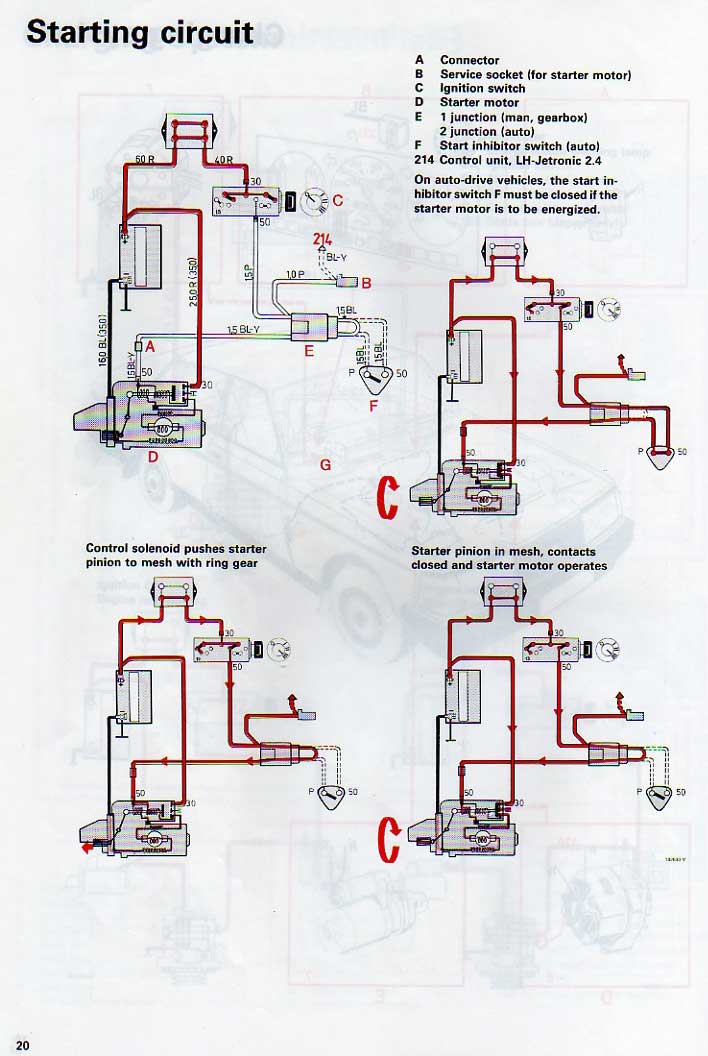|
Thanks for the kind words. I have the same great respect for your experience and talents and all the help you've given over the years.
That wire terminal at the #50 on the solenoid would be the equivalent of a person of interest in an investigation as I view it, both in its crimp over the wire and its grip on the lug. No other point in the circuit rises to a suspect level in my mind, given how infrequently the condition arises and how difficult it would be to catch the crime in progress. There are so many contacts and connections between battery + and that solenoid tab.
Having a screwdriver to get the car started might work for me, but I can't expect my kid to use it, nor could I afford to make a hobby out of the pursuit of the root cause in her car. Maybe if it were in my car presently...
One of the difficulties is, even with symptom present, checking voltage drop (say by piercing the insulation near the starter) is hard to compare against normal (who can provide new car readings anyway) between the temperature rise in the solenoid coils and the dropout of the engagement coil which pulls current through the brushes and starter winding.
So this hobby pursuit might take enough years to actually blame it all on climate change, attempting to replace parts of the #50 circuit until it doesn't happen every summer.
Here's a map of the 240 starting circuit. It shows both solenoid coils energized in the second drawing "Control solenoid pushes starter pinion..." I imagine the 9-series works the same under the hood, but is vastly different from there back in wire colors, terminals, etc.
I have a 1988 Bosch handbook devoting a chapter to starter design in which the drawings are a little easier to read and the text describes the operation step by step.

--
Art Benstein near Baltimore
Dad: Someone who hopes his sons will turn out to be just like him, and who is afraid his daughters will meet someone who did.
|